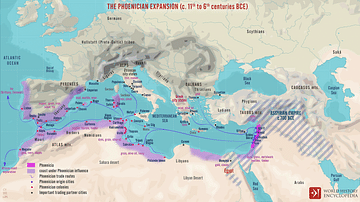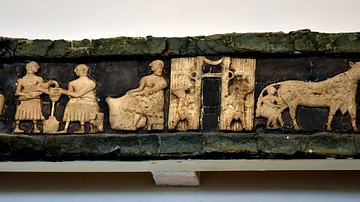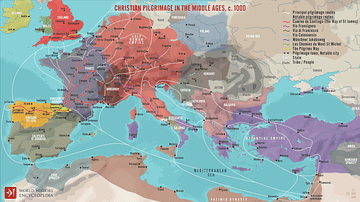Free Lessons, Activities & More
Our lessons come with a collection of supplementary materials and useful links on the subject, as well as downloadable handouts, assessments, keys and much more.
All our teaching materials are downloadable entirely for free.
Curated Collections
Collections are a great way to start finding supporting materials for your teaching. They are organized around different themes for which our editorial team selects the most appropriate content from our encyclopedia.
More Collections











